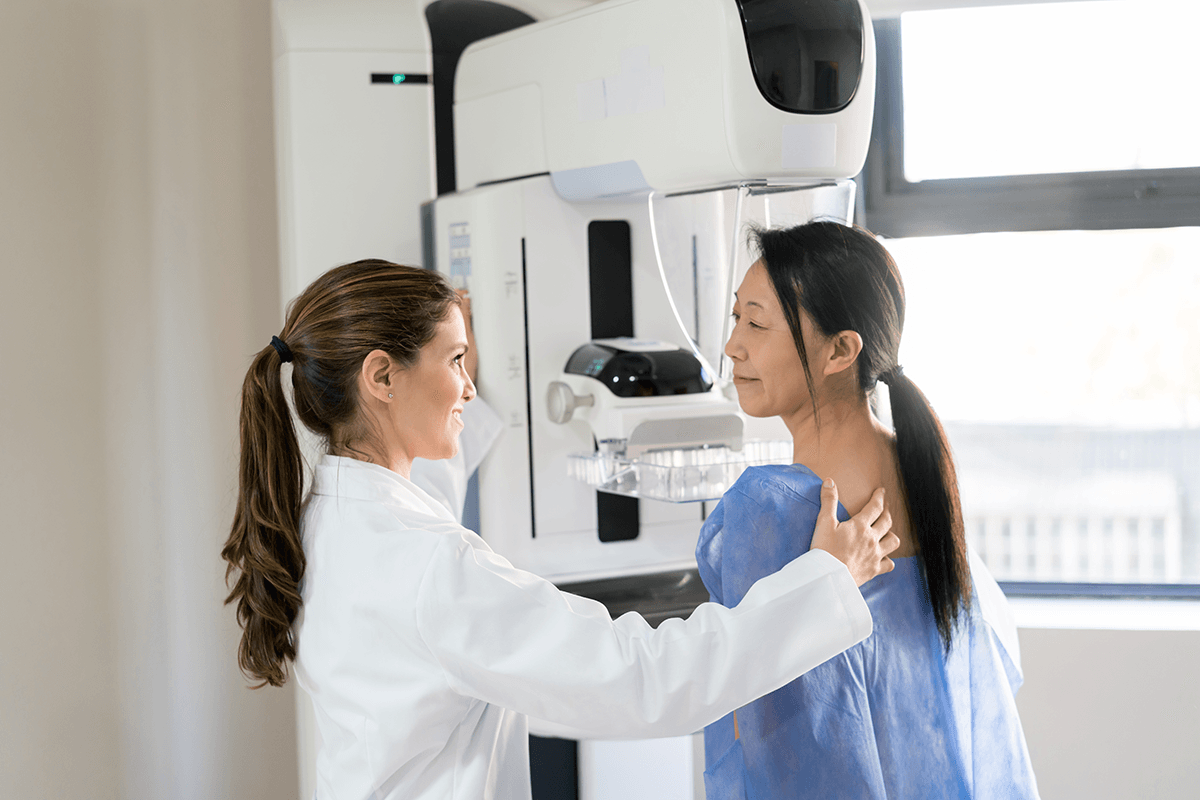Understanding breast cancer and imaging: when to consider an MRI, mammogram or ultrasound

Breast cancer is a major health concern worldwide, affecting millions of women each year. Early detection and accurate diagnosis are crucial for effective treatment and improving survival rates.
“Breast cancer is the most common cancer among women globally, with more than 2 million new cases diagnosed in 2020,” said Dr. Valentina Hoyos, Baylor Medicine oncologist. “It develops in the cells of the breasts and can spread to other parts of the body if not detected early. Common symptoms include a lump in the breast, changes in breast shape, dimpling of the skin and nipple discharge. Regular screening is essential for early detection and improved outcomes.”
The importance of screening
Screening for breast cancer is vital as it can detect the disease before symptoms appear. Early detection through screening can lead to less aggressive treatments and better outcomes.
“Screening is a powerful tool in the fight against breast cancer. Early detection not only saves lives but also allows for more personalized and less invasive treatment options. For example, early stage cancers may only require a lumpectomy (removal of the tumor) rather than a mastectomy (removal of the entire breast),” said Dr. Pabel Miah, Baylor Medicine breast cancer surgeon.
For more information or to make an appointment at the Lester and Sue Smith Breast Center, call (832) 957-6500.
Imaging modalities: mammograms, MRIs and ultrasounds
Imaging plays a pivotal role in the detection and management of breast cancer. Mammograms, MRIs and ultrasounds often are used in screening and diagnosing breast cancer.
Mammograms
Mammograms are the most commonly used imaging modality for breast cancer screening. They use low-dose X-rays to create detailed images of the breast tissue.
Mammograms are effective for early detection, widely available and relatively inexpensive, but they may not detect all cancers, particularly in women with dense breast tissue. That is where an MRI may be needed.
Magnetic resonance imaging (MRI)
“Breast MRI uses strong magnets and radio waves to create detailed images of the breast,” said Kellen Carril, Baylor Medicine radiologist in the Breast Care Center and the Dan L Duncan Comprehensive Cancer Center. “It is more sensitive than mammograms and can detect cancers that mammograms might miss.”
MRI is typically recommended for women at high risk of breast cancer, such as those with a BRCA1 or BRCA2 gene mutation or a strong family history of breast or ovarian cancer. It also can be used to assess the extent of cancer after a diagnosis and to monitor the response to treatment.
“MRIs provide a more detailed look, especially for high-risk patients, but they are not necessary for everyone,” Hoyos said. “It’s about finding the right balance based on individual risk.”
Ultrasound
Breast ultrasound uses sound waves to create images of the inside of the breast. It’s often used as a supplementary tool to mammograms and MRIs.
“Ultrasound is recommended for women with dense breast tissue, where mammograms may be less effective,” Carril said. “It’s also used to further investigate abnormalities found on a mammogram or physical exam.”
Which imaging option is best?
Choosing the right imaging method depends on various factors, including age, breast density, personal and family history and overall risk of breast cancer. “Regular mammograms are the cornerstone of breast cancer screening for most women,” Miah said. “However, those with higher risk factors should discuss the possibility of additional imaging with their healthcare provider.”
- Average risk women: Annual mammograms starting at age 40.
- High-risk women: Annual mammograms and MRIs starting at age 30 or as recommended by your healthcare provider.
- Women with dense breasts: Supplement mammograms with ultrasound or MRI.
“Regular screenings and being aware of your personal risk factors are essential steps toward early detection and effective treatment,” Miah said. “By staying proactive with your screenings, you can ensure the best possible outcomes and take control of your breast health.”
By Tiffany Harston, communications associate with the Michael E. DeBakey Department of Surgery



